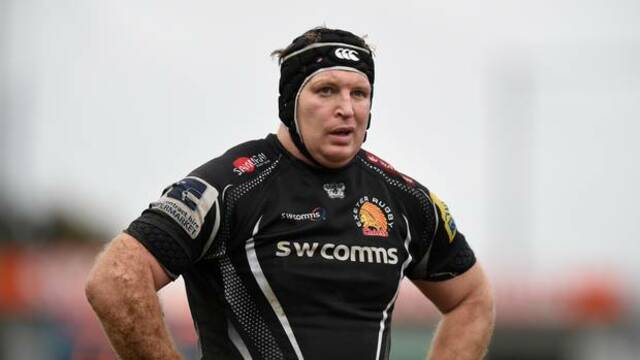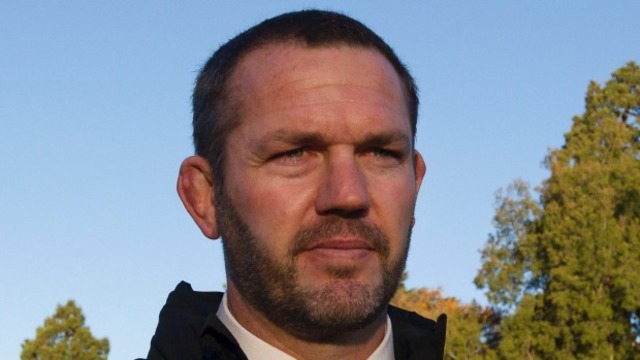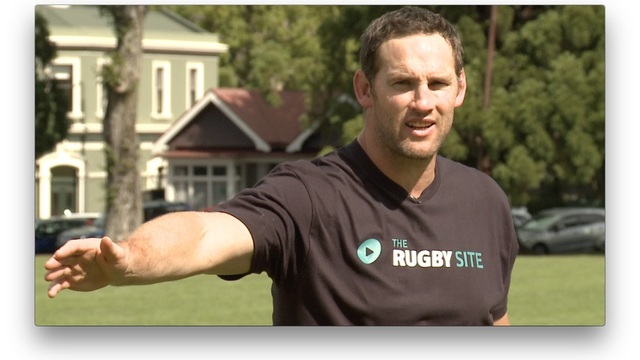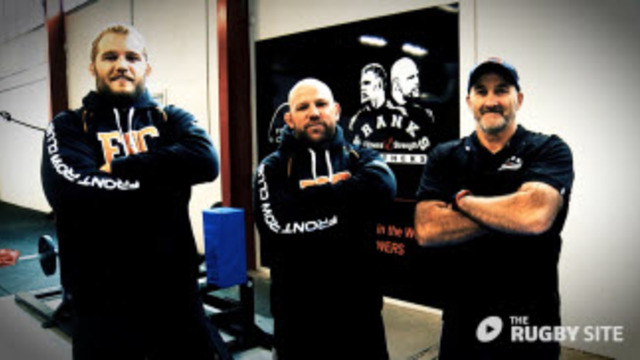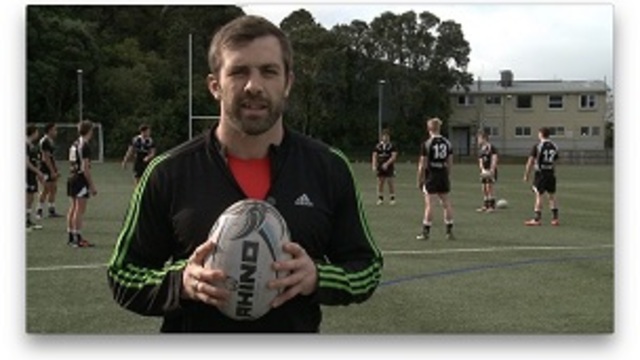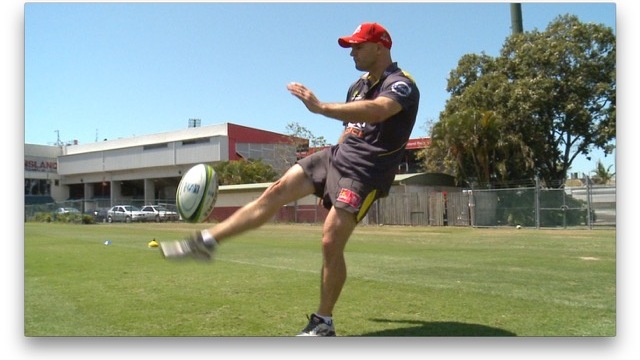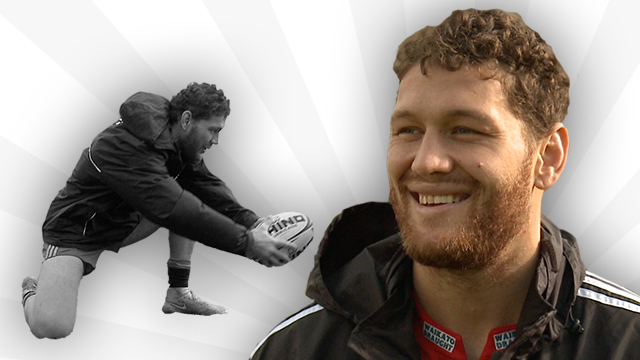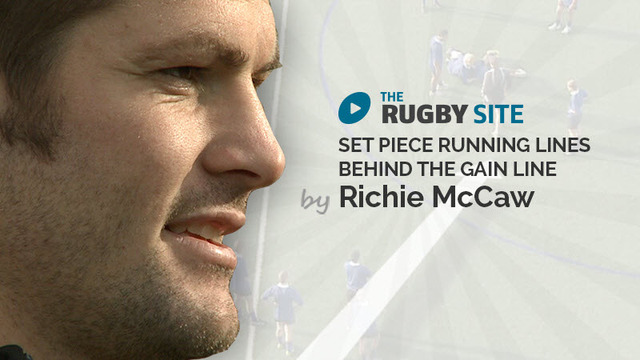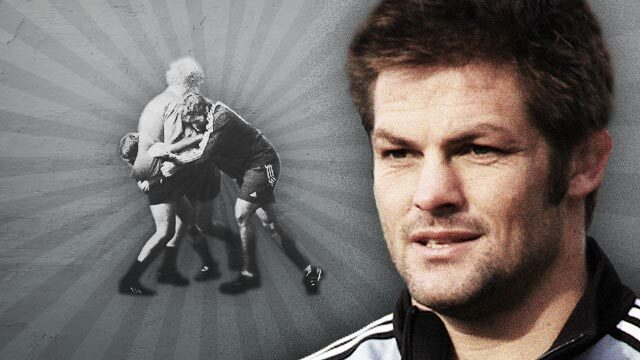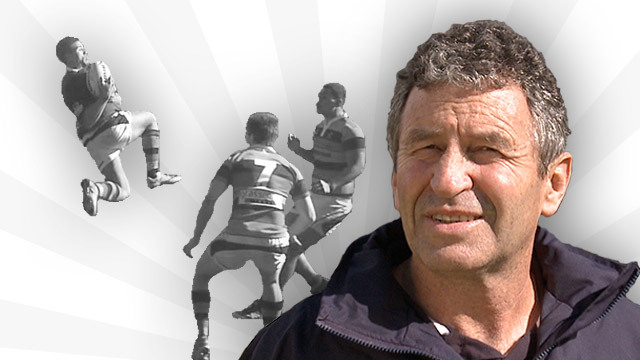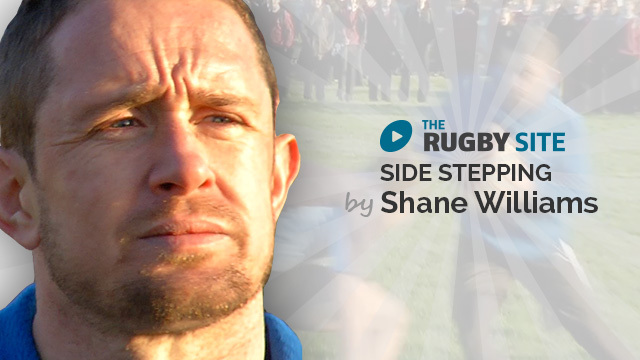Halfbacks can be big fellas too
With rugby players world wide at all levels confined to their homes thanks to Covid-19 lockdowns we need to take a look at things we can do to enhance our skills on our return to the game.
For the big fellas out there a large part of your training is probably around set piece. For scrummaging the master, Mike Cron has provided a wealth of drills that can be done in isolation with things like Swiss balls, bands, sleds etc. But what about some of the lesser trained skills that can be part of the armoury of a successful forward. Catch-pass can be difficult to practice alone and a ball can transfer all sorts of nasties when training with others. So what do we do?
The halfback pass can be trained by an individual, particularly in its most basic form. Getting the ball off the ground and to a target as quickly and accurately as possible is something all players should be able to do. There are many tips and tricks to doing this and there is a pretty good video by Tawera Kerr-Barlow on the RugbySite. For the big fellas I suggest keeping it simple in the early stages. Focus on getting your back foot close to the ball, get low with chest over ball and pass in one motion with hands finishing to the target. Focus on getting your front foot to the target because a common error is passing over your front foot which causes inaccuracies. Have a low and balanced stance: not too wide that you are planted to the ground. Shift your weight from your back foot to your front foot as the ball is passed.
So why is this a good skill for the big men to have?
In this clip we see a common example of a forward parking up and protecting the ball. In this instance it appeared to be a correct decision as there are threats to the ball nearby and a defender slow to move away. However there are opportunities left and right with superior numbers and had the ball been moved quickly the option by the defence to counter ruck would have been lost.
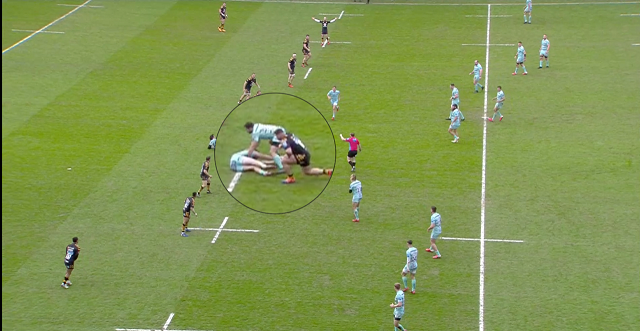
By getting our big fellas comfortable in passing the ball from the ground the result here may have been different. Instead of fighting a lost cause with the defender off his feet this circled player may have been able to get to his feet and move the ball to his playmaker who could coordinate a short side attack. But in this example the playmaker is called in to pass, giving the defence time to organise.
This shows the need for all members of a team to be comfortable passing the ball off the ground. This circled player is a centre. The halfback has cleaned out a threat here and on the ’no leave’ call from the referee the ball could have been quickly transferred to the waiting attack who had superior numbers. To be fair this clip also highlights the need for the backs to be more effective at the cleanout.
For those who look to work on their skills at home the halfback pass can be a good place to start. You do not always need someone to catch the ball. In my youth I often passed to trees and shrubs in our backyard, much to my mothers dismay. Additionally the ball can be bounced of a wall or uneven surface to increase intensity and movement. Whatever your method is be sure to get the fundamentals right and keep challenging yourself by increasing distance, speed and time pressure etc.
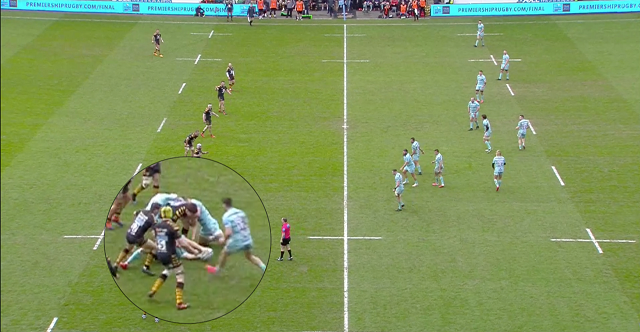
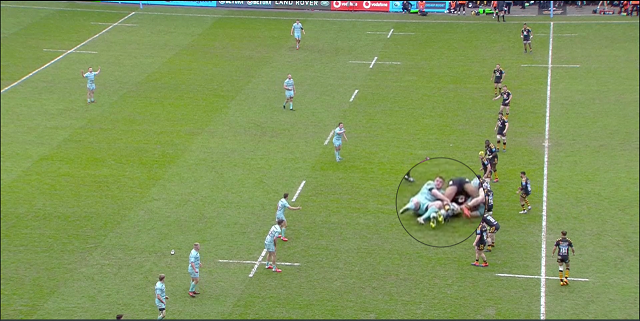
Check out more posts from Dave
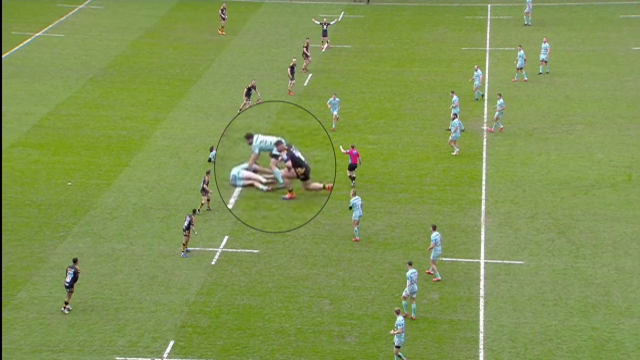
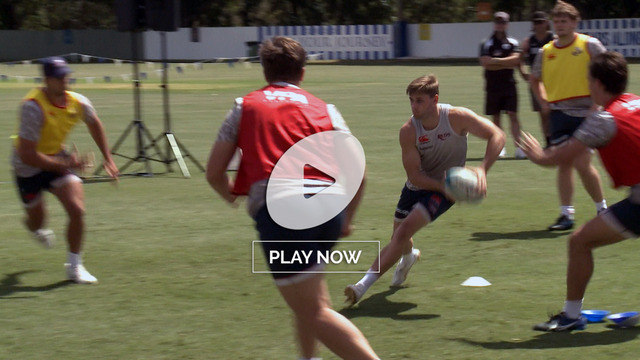
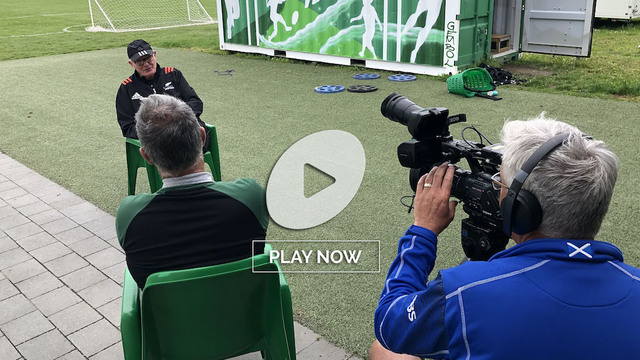


.jpg)
.jpg)
.jpg)
